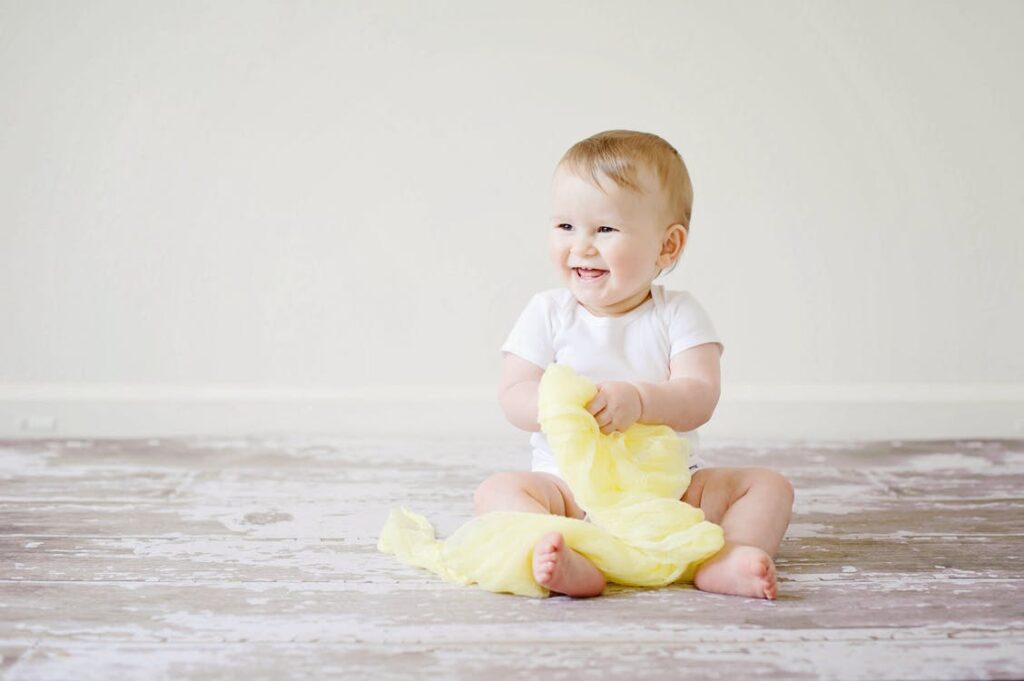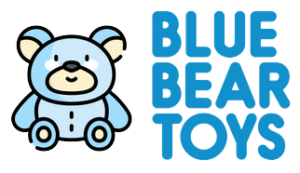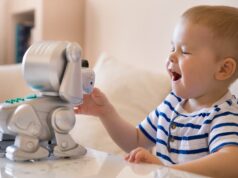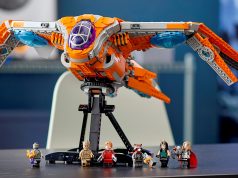Object permanence is the understanding that objects exist even when they cannot be seen or touched. It’s a fundamental concept in human psychology and cognition, and it happens as early as six months old.
Object permanence is the belief that objects continue to exist even when they are not being directly perceived. The baby object permanence is a milestone in human development, as it is the first great cognitive leap that babies make.
One of the most important milestones in a child’s first year is realizing that an item still there, even if it is concealed. Object persistence is a concept that underlies many subsequent abilities.
One of the most essential ideas a tiny infant may understand is that something, or someone, continues to exist even when it is out of sight. It’s one of the reasons why infants like peekaboo games so much. They think that if you hide your face, you would blink out of existence (or so the idea goes). They have no idea you’re still hiding behind your hands. Because you weren’t expecting to return, you let out a shriek when you resurface.

Jean Piaget, a Swiss psychologist, was the first to propose the idea, believing that infants did not fully comprehend object permanence until they were at least eight months old. Following research have cast doubt on this, with some demonstrating that infants as young as three and a half months exhibit astonishment when an item vanishes.
If you’re wondering how a newborn displays astonishment, experts have discovered that babies look at ‘impossible occurrences’ for longer. For example, a ball rolling behind a screen and not emerging on the opposite side. An anticipated outcome, on the other hand, is uninteresting, and the kid looks away sooner.
Babies, it turns out, learn via unexpected occurrences, which we’ll discuss in more detail in a subsequent article, but in the meanwhile, you can read about it here.

Early on, babies acquire a strong sense of object permanence. And it’s something that parents intuitively know how to assist with. So you don’t have to teach it, but if you want to have some fun with your kid, you’ll enjoy all of the games listed below:
- When you leave the room, talk to your kid or sing to him. Hearing your voice will reassure her that you are still there, even if you are not visible.
- Hide your belongings. At mealtimes, cover a rice-cake with an upside-down bowl or cup and encourage her to discover it. Make toys vanish behind your back and inquire about them with your child. Encourage children to make the big reveal by covering items with tea towels or play-silks.
- Play Where’s the Baby and Peek-a-Boo. Simply use your hands to hide your face or theirs. After that, ta-dah!
- Make your own box for preserving objects. They may use a shoe box and a ball, or any other old container, to post something into and ‘discover’ from a new perspective. Here’s a good one:
Object permanence is the understanding that objects continue to exist even when they are not being observed. It is a crucial part of human cognition and it is your baby’s first great cognitive leap. Reference: why is object permanence important.
Frequently Asked Questions
What is object permanence in the cognitive development of a baby?
Object permanence is the understanding that objects continue to exist even when they cannot be seen. This is a fundamental concept of cognitive development in babies and young children.
What do you mean by object permanence at what age it is started?
Object permanence is the understanding that objects continue to exist even when they cannot be seen. It is a developmental milestone in which children start to understand that objects continue to exist even if they cannot see them.
How do I know if my baby has object permanence?
This is a difficult question to answer. I am not an expert on object permanence, but you can ask your doctor or pediatrician for more information.




